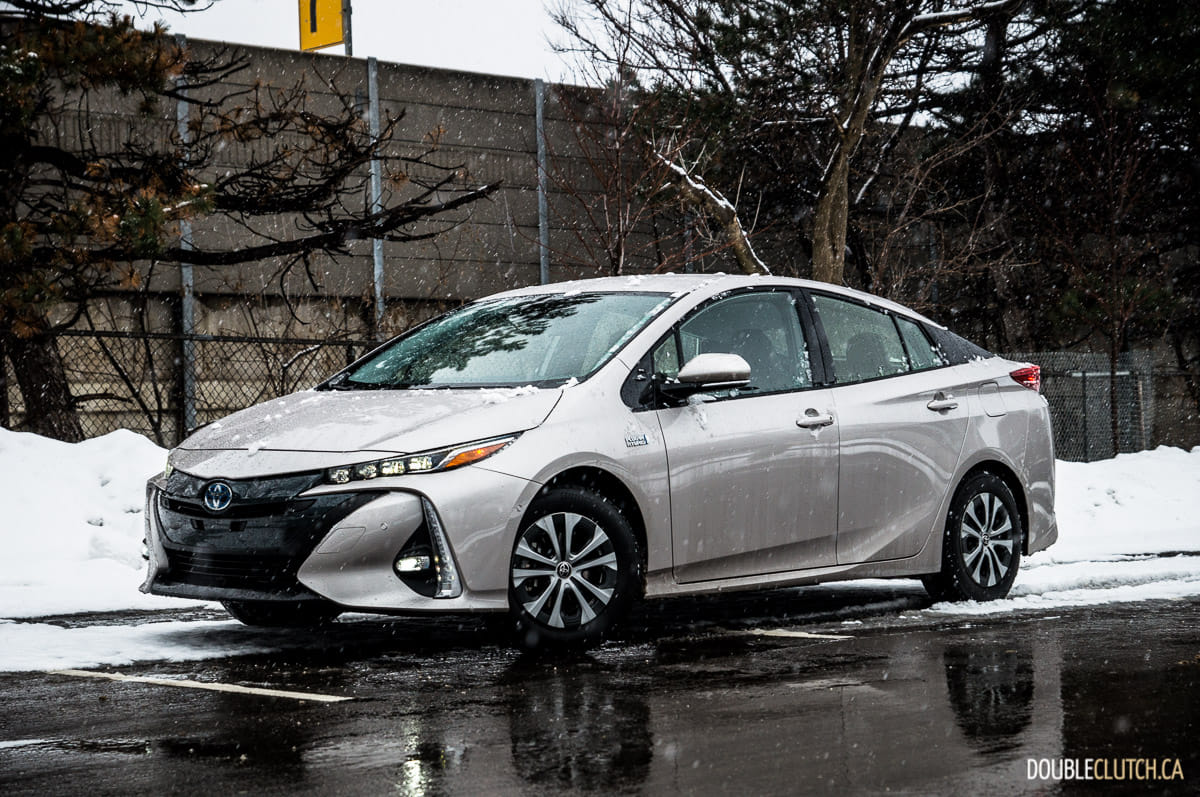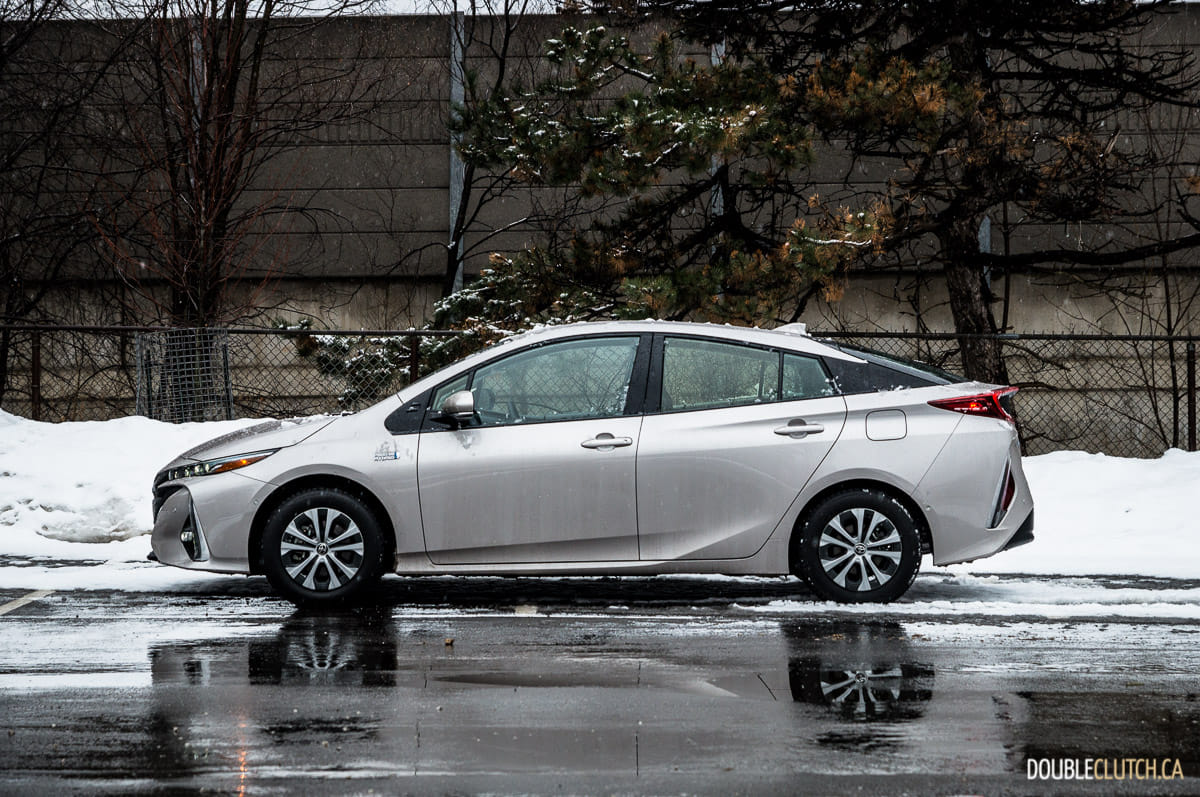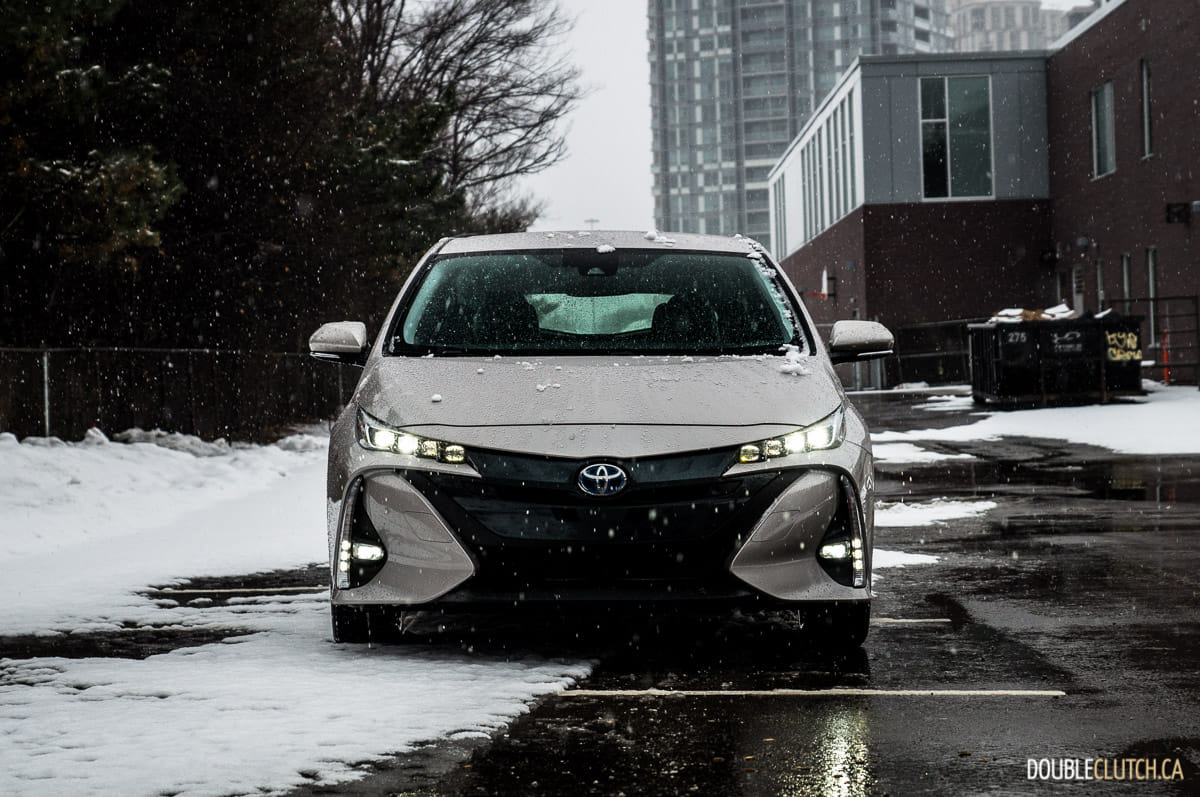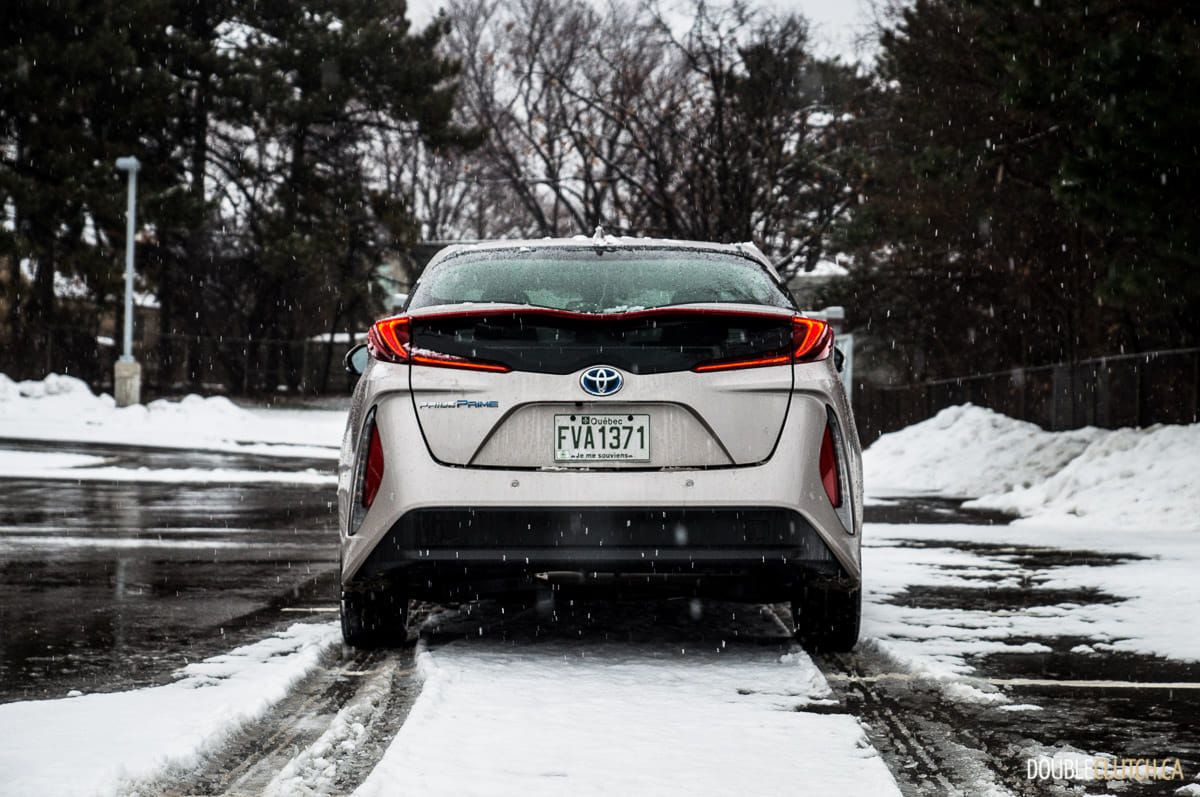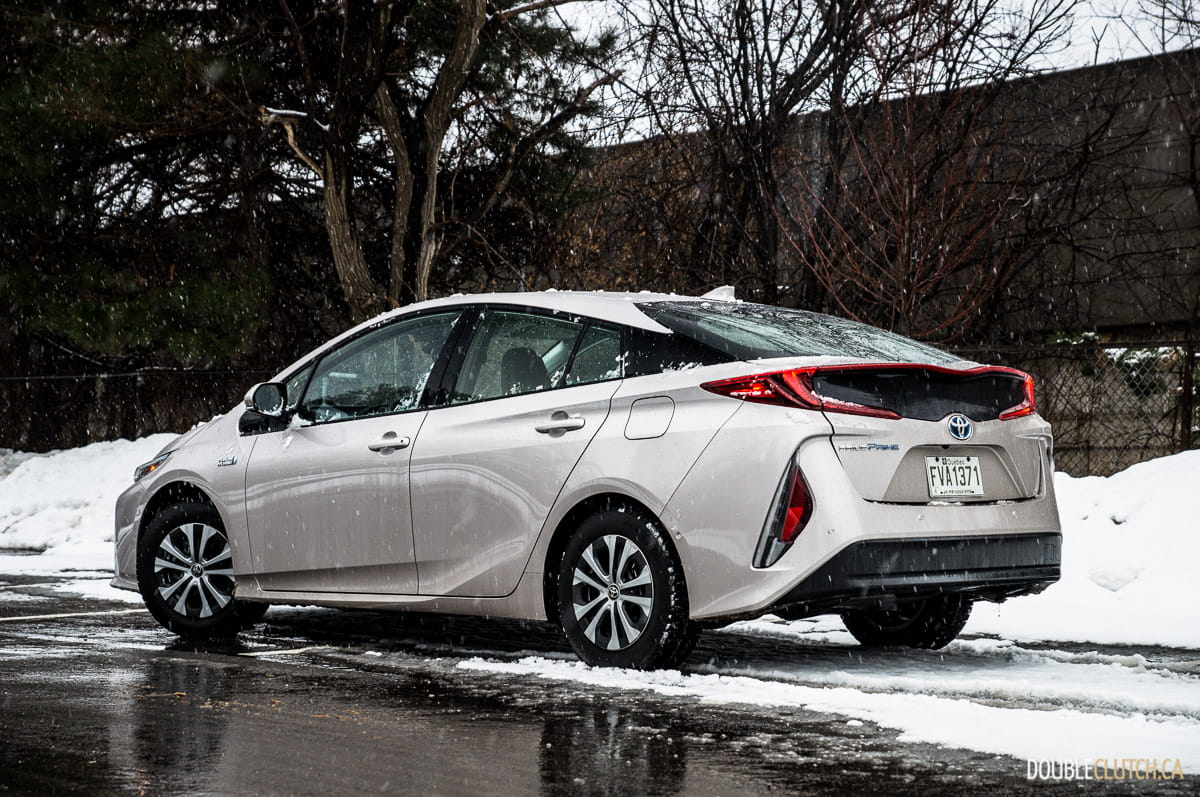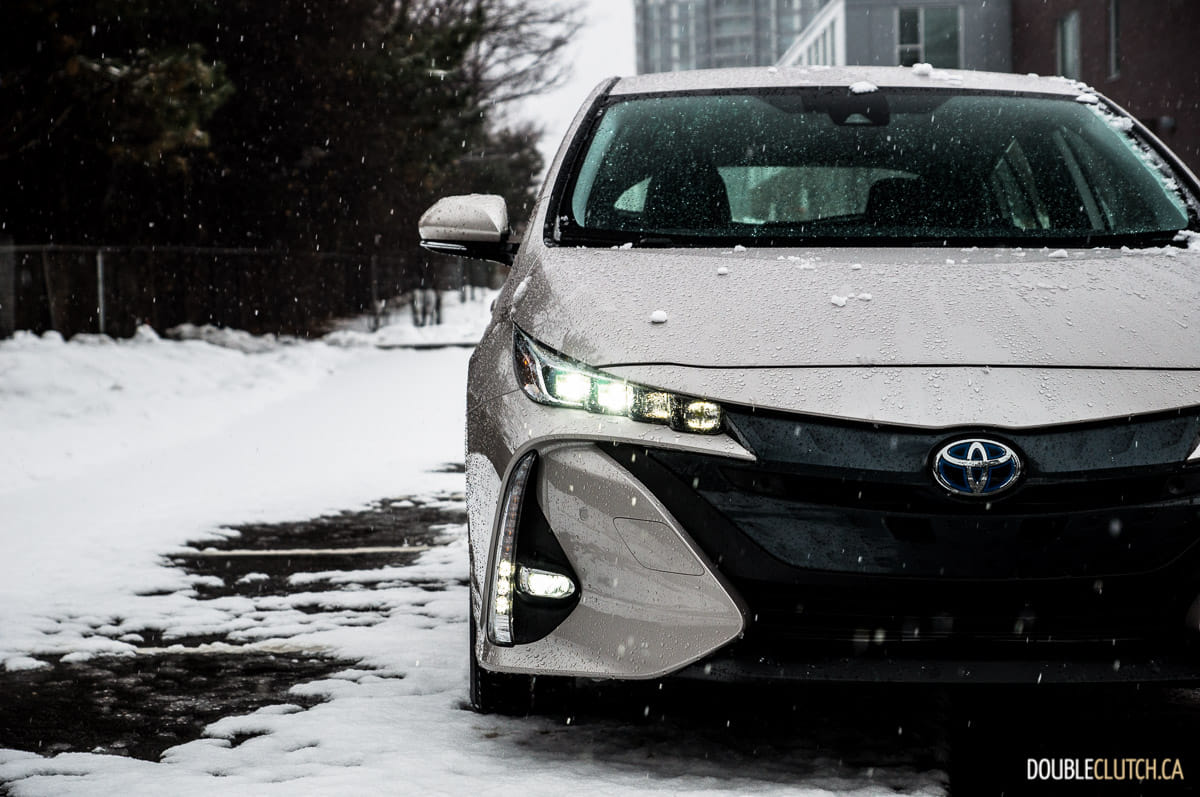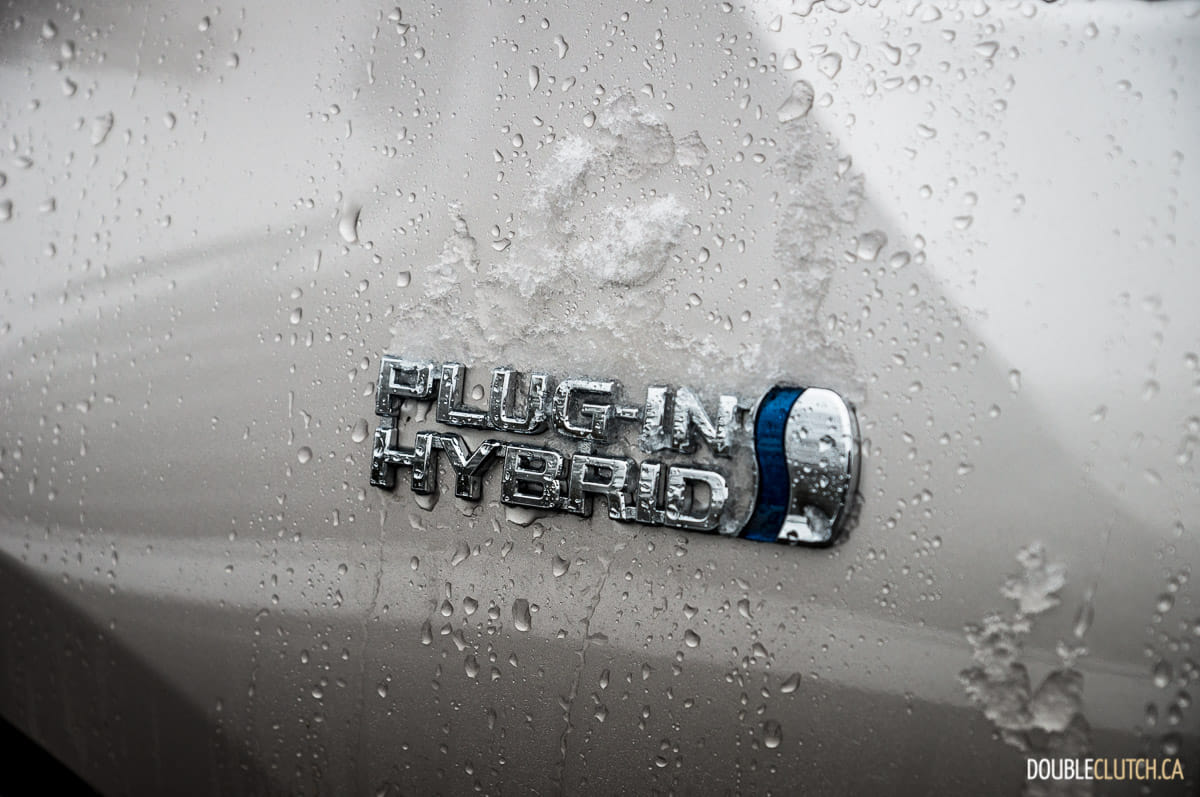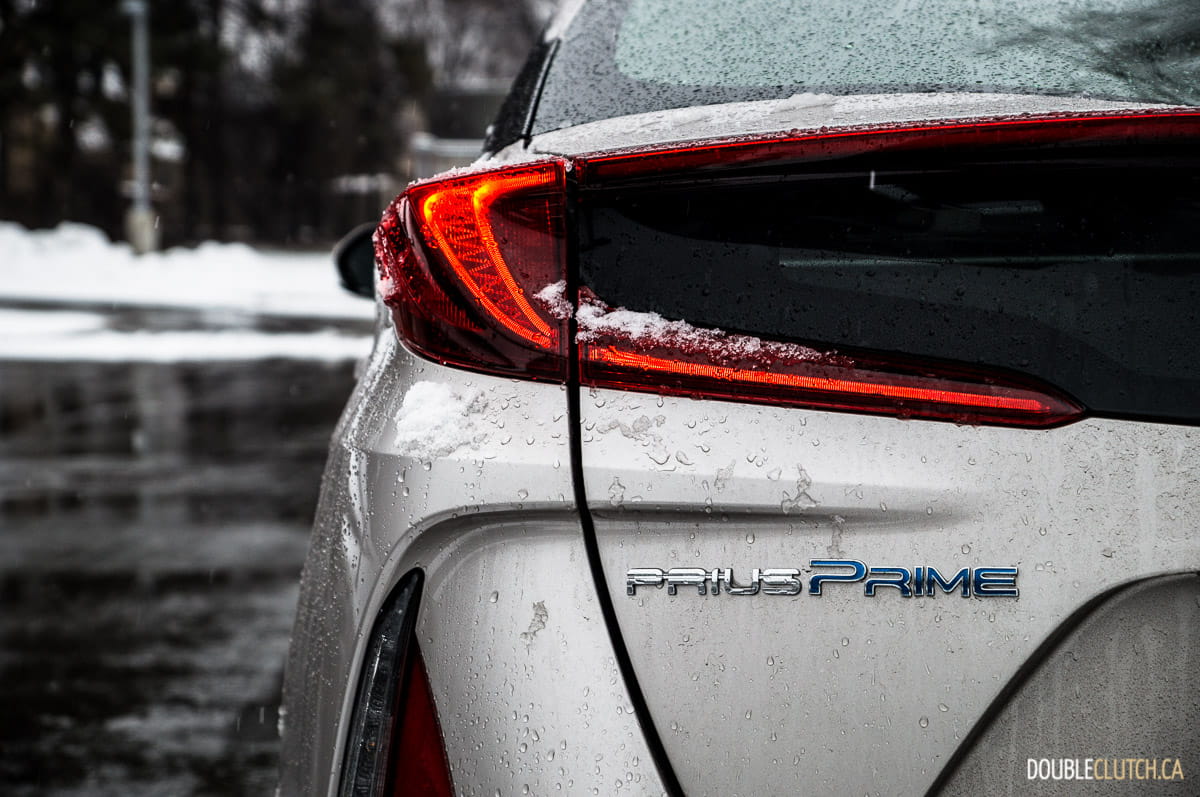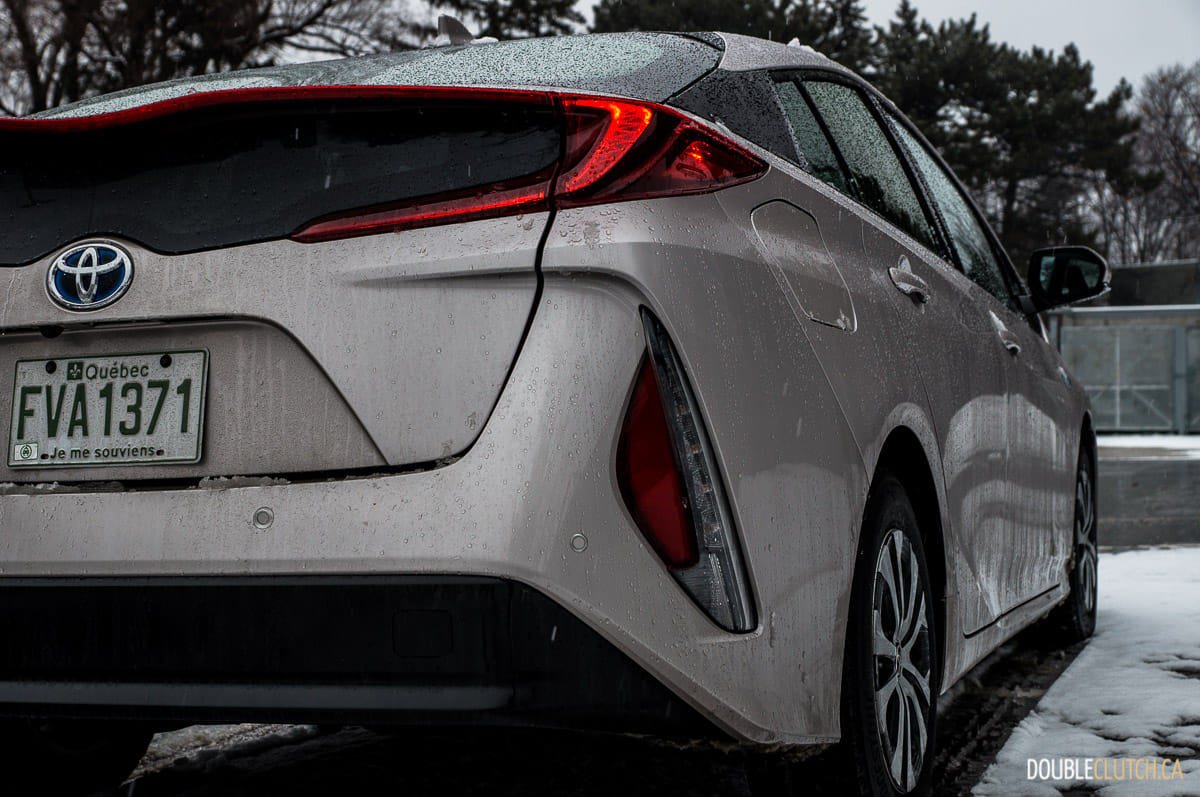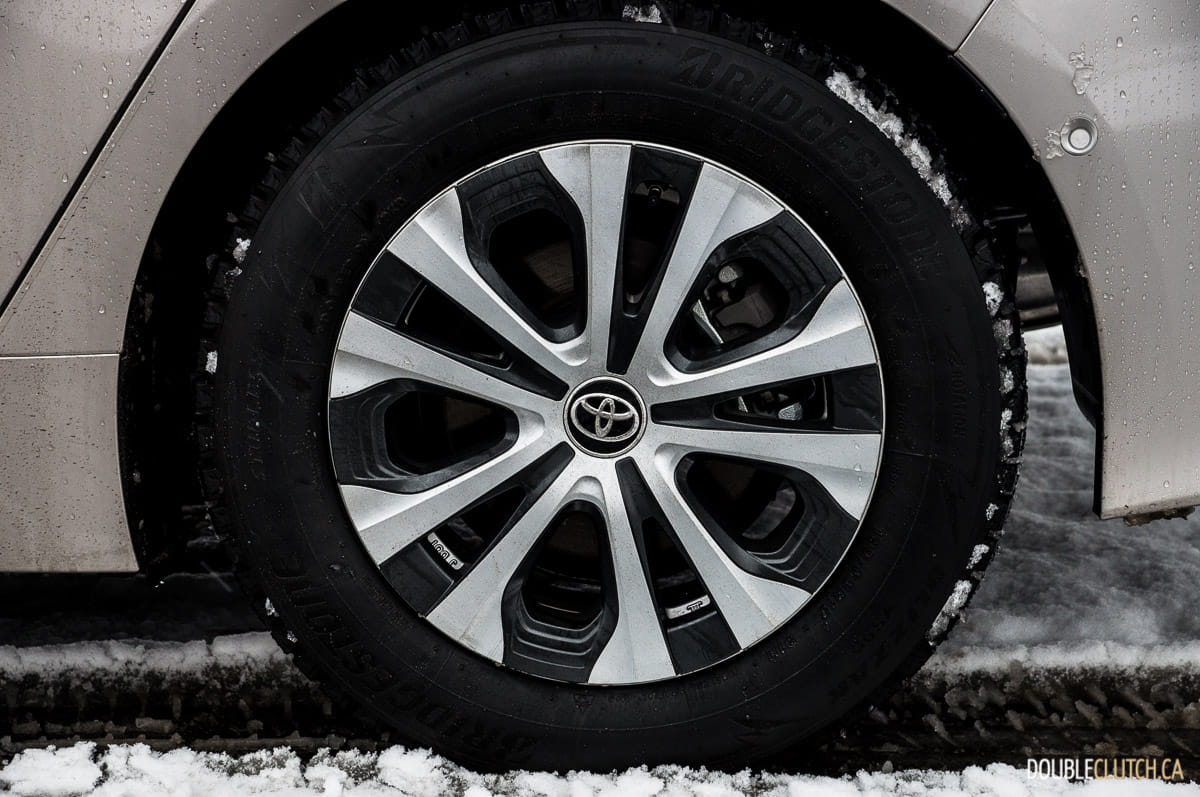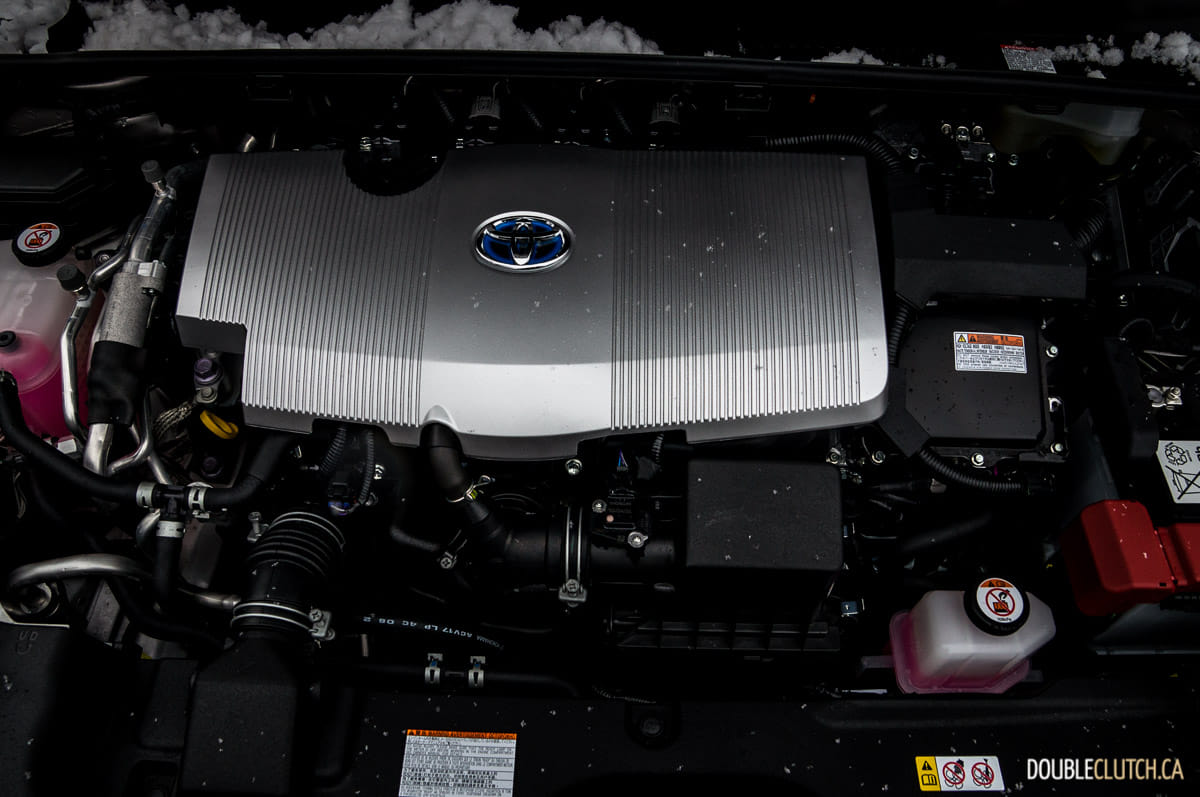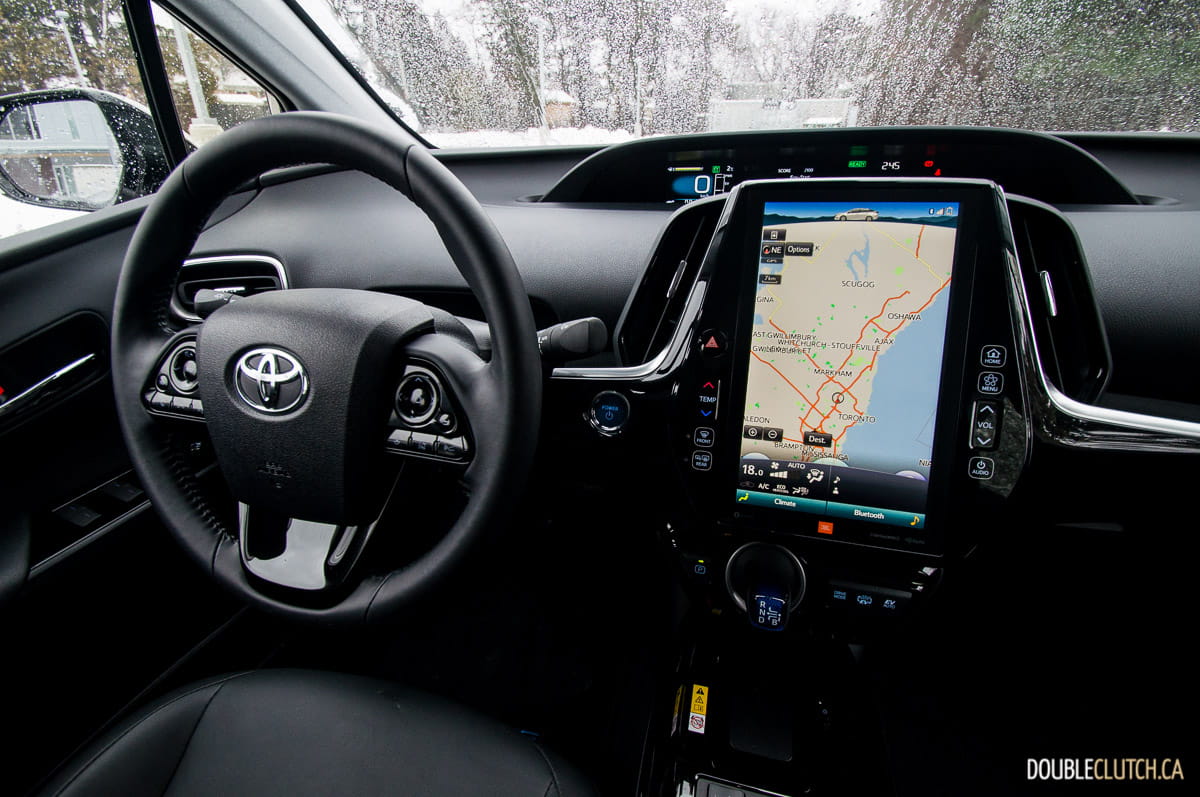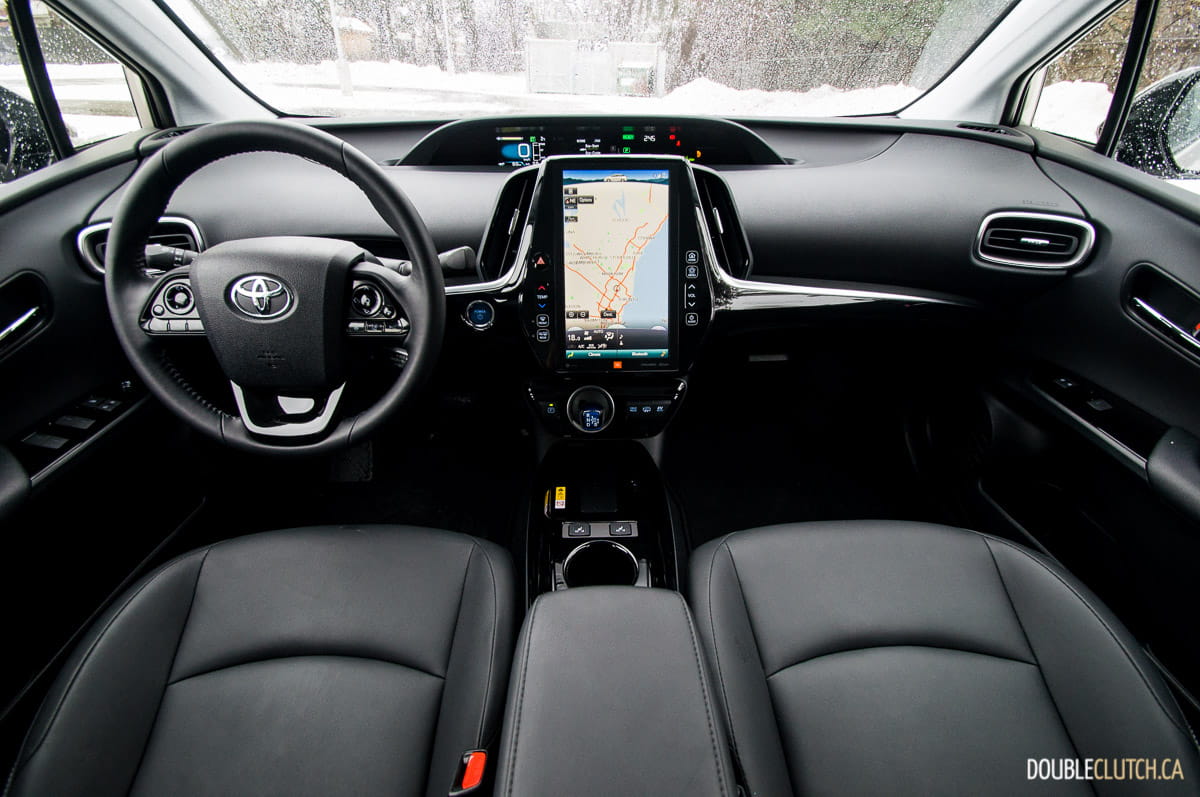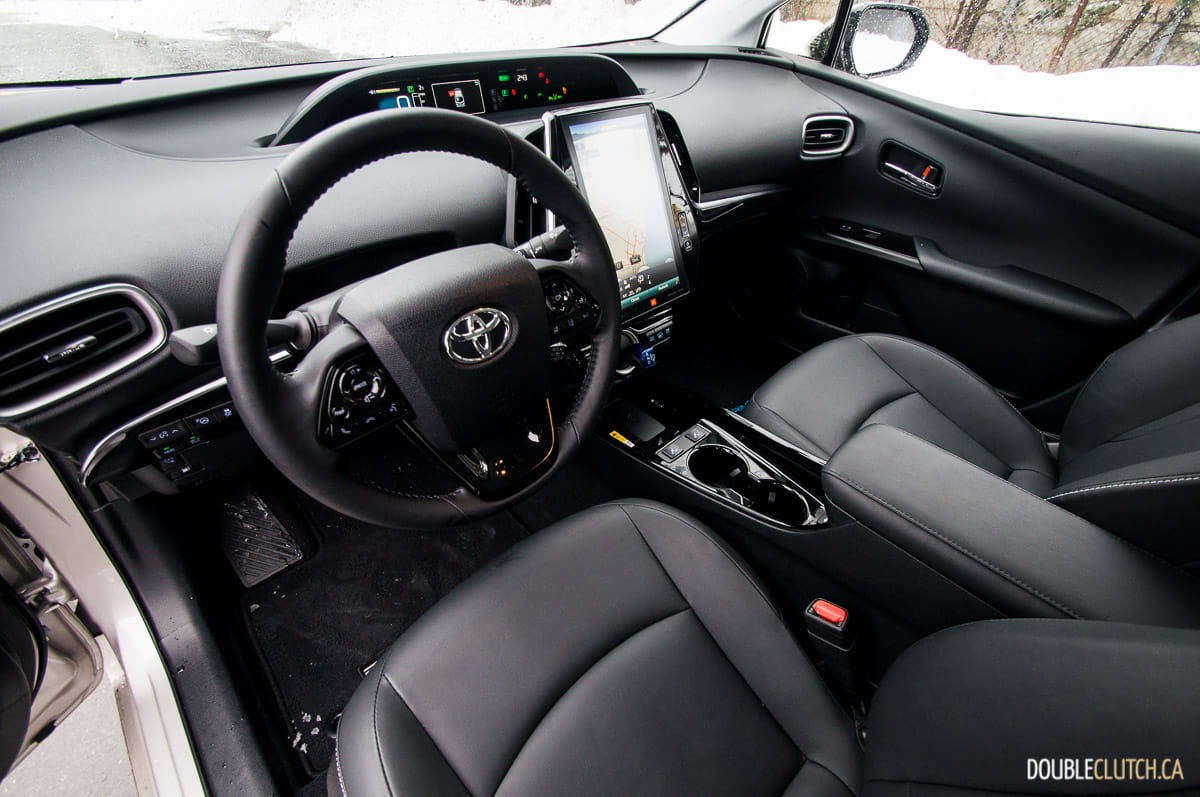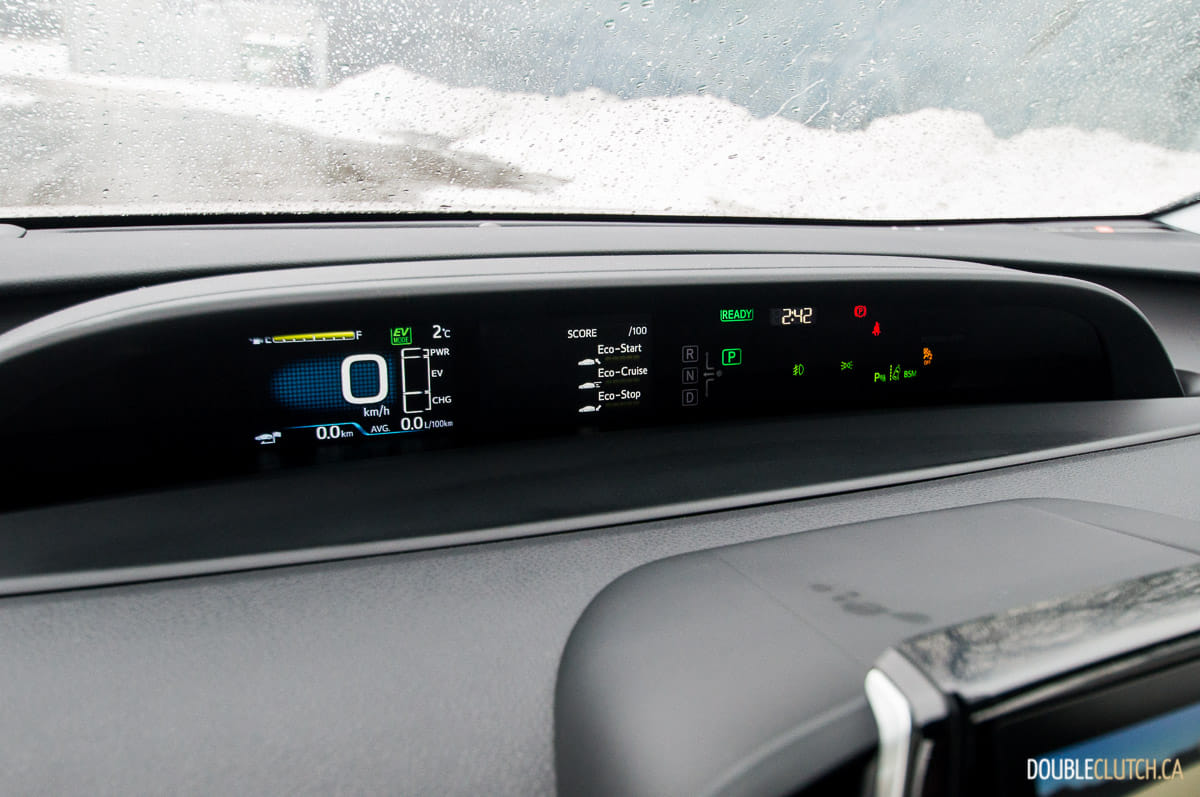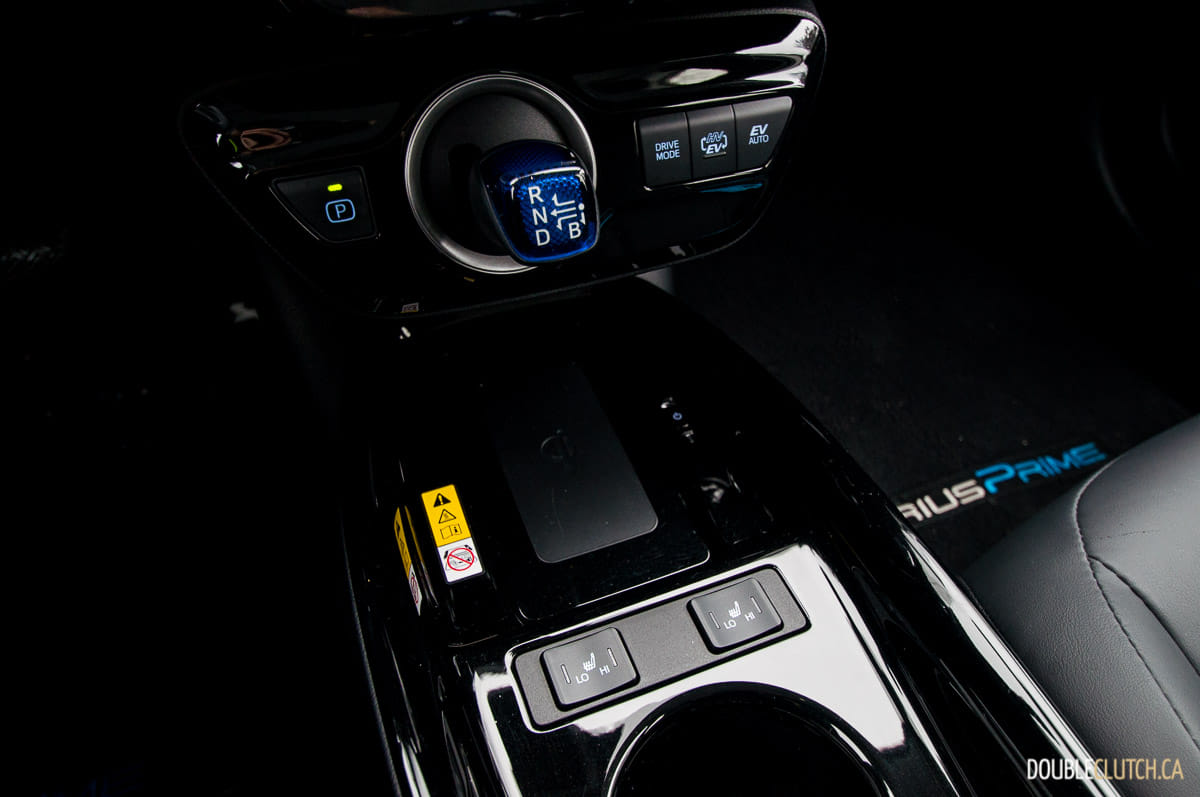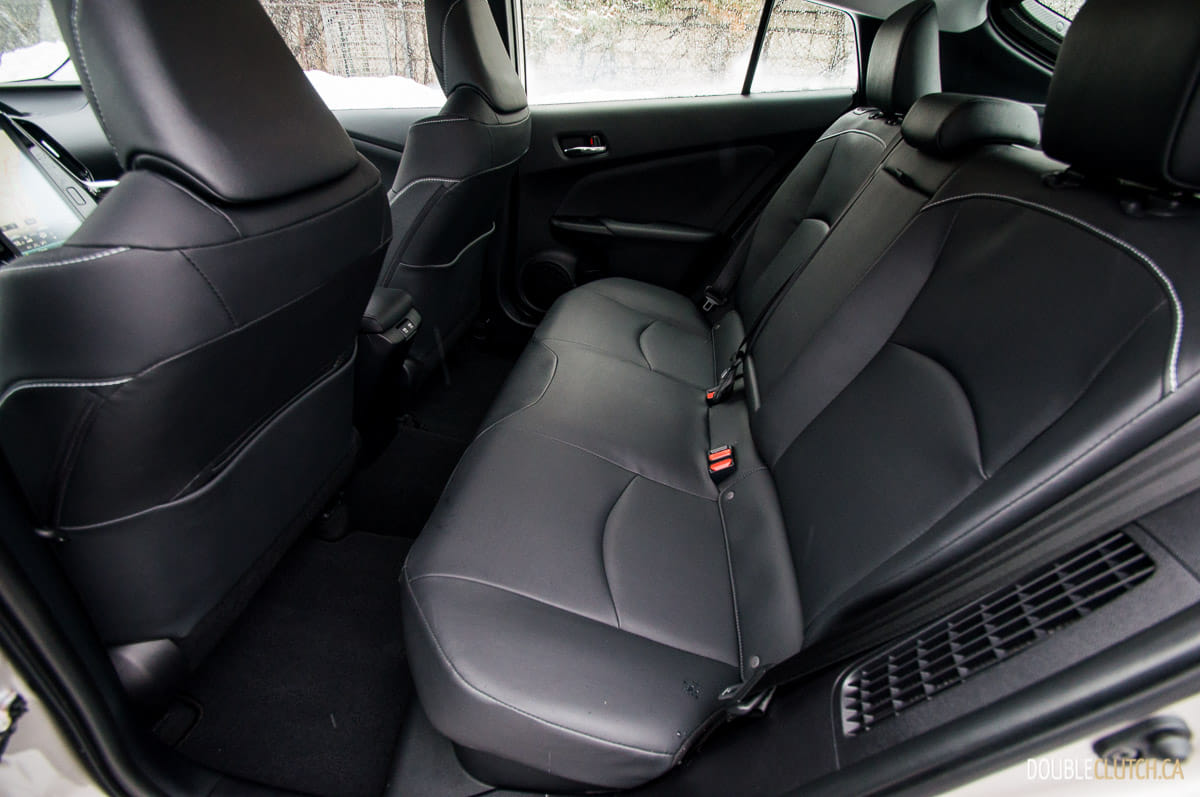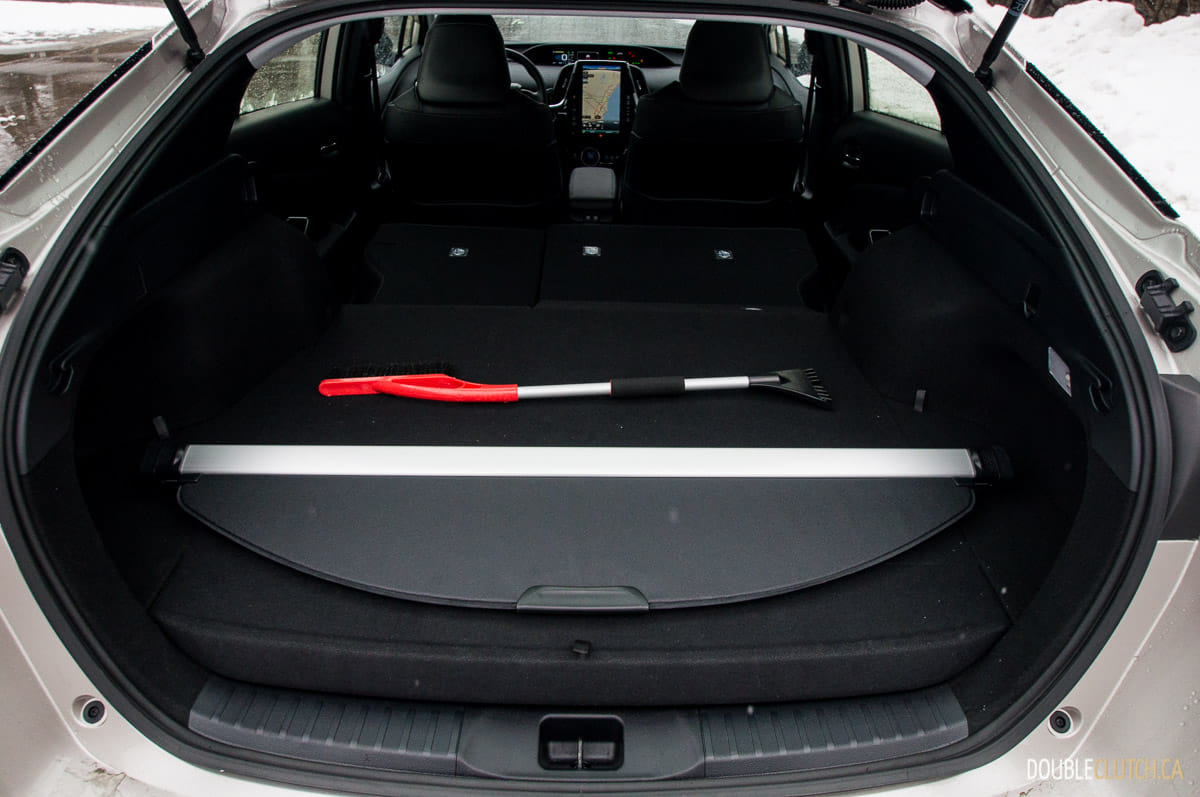While many automakers trying to play catch-up to electric vehicle (EV) disruptors such as Tesla, Toyota is playing a little more of a medium-term transition game. While electrification of consumer vehicles is certainly only a matter of time, they know and unders2tand that this change won’t happen overnight. In the meantime, demand for hybrid (HEV) and plug-in hybrid electric vehicles (PHEV) will increase, while at the same time, battery production costs should decrease due to economies of scale. Enter the funky-looking 2020 Toyota Prius Prime Upgrade, which is a plug-in hybrid electric vehicle with a modest EV-only range of 40 kilometres.

In the absence of a charged battery, the Prius Prime plug-in becomes something more like a regular Prius hybrid. That is, through the use of regenerative braking coupled with siphoning off some of the power output of the gasoline engine, a small amount of electric charge can be recovered and used later on for better gasoline fuel economy. For many urban dwellers, the electric range is often more than enough for single round-trips, or more if there is charging available at their destination (work, shopping etc.).
A quick electrical lesson for a second – kilowatts (kW) versus kilowatt-hours (kWh). One is power (one kilowatt is 1.34 horsepower – save that for later), the other is energy; in simple automotive terms, the first will determine how quickly you can accelerate, and the second will determine how long you can do it for. The Prius Prime has a battery capacity of 8.8 kilowatt-hours, which suggests that “this battery can output 11.8 horsepower for one hour” before full depletion of its stored energy.
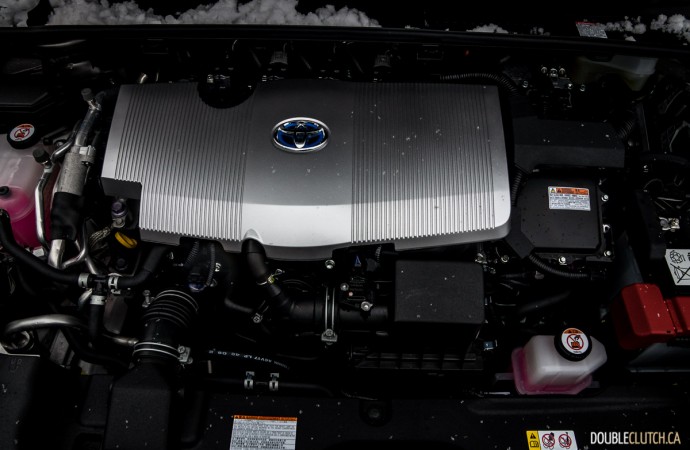
Given that actual horsepower output (and the duration of this output) can vary wildly depending on throttle position and driving conditions, the calculations work out to the 40 nominal kilometres of range or so. By comparison, a Tesla Model 3 Long Range Dual Motor All-Wheel Drive has a 75 kWh battery – Toyota’s stance is that they can roll out many more plug-in hybrids for the same battery manufacturing and resource requirements, thereby significantly helping with emissions and fossil fuel demand reduction, too.
In terms of everyday living with the Toyota Prius Prime, Level 1 (120-volt AC) and Level 2 (240-volt AC) charging are possible, taking either five and a half or just over two hours for a full charge, respectively. Since most residential households have only Level 1 charging available in their driveways and garages, this means that a nightly charge on the Prime (with its included charge adapter) will have its full range available each morning. When out and about at shopping centres or other places with public charging stations, Level 2 charging can happen much more quickly. Of course, one could install Level 2 charging by having an electrician bring 240 volts AC out from their main breaker panel, but this is probably overkill unless needing to charge a full electric vehicle (such as the aforementioned 75 kilowatt-hour Tesla).
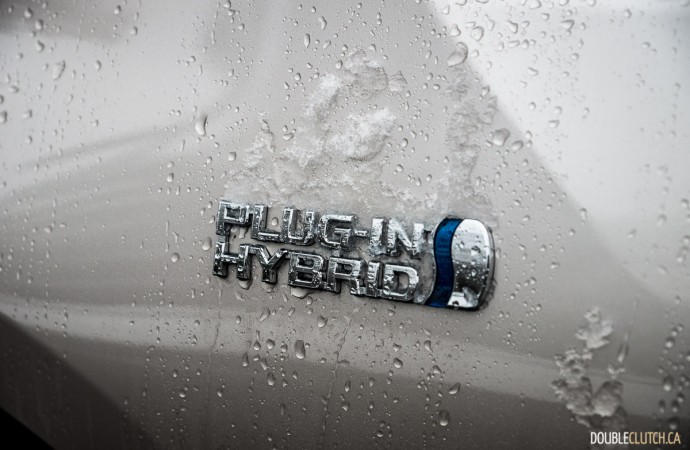
During its full week of testing, we happened to be able to use just about zero gasoline over about 250 kilometres of driving. All daily commuting was done in and around town, and charging was done where possible at every destination. Smartphone apps like Plugshare help identify charging stations anywhere you go, and more and more are starting to come online by the day. Despite winter weather, heater, heated seat, and heated steering wheel use was more or less normal, but left in a more energy-efficient “Eco” setting that was perfect for solo driving.
With heater use, expect about a twenty percent reduction in range – 32 or 33 kilometres was typical in this case. Observed energy consumption hovered around 21.5 kWh/100KM, or 54 kWh over the 250 kilometres driven. If considering electricity rates in Toronto, Ontario, and if assuming only nighttime charging at home, this works out to eleven dollars. With gasoline prices around $1.10 per litre for regular, the Prius Prime’s energy consumption would be equivalent to a gasoline-only car getting 4.0L/100KM. For those who can charge at free stations, this savings can be much greater.
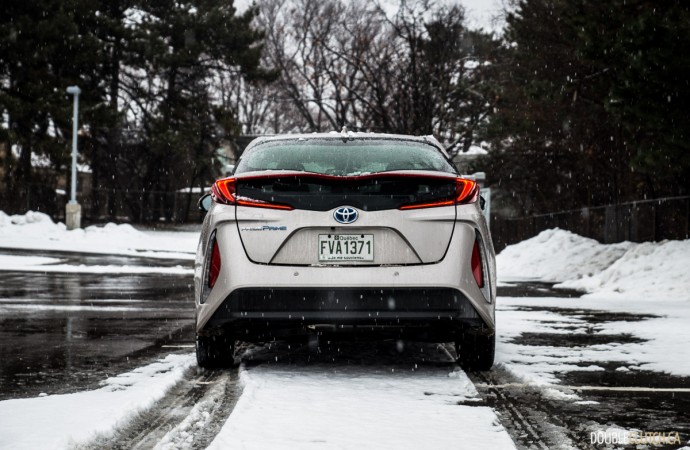
On the road, the 121-horsepower Toyota Prius Prime isn’t exactly sprightly when it comes to merging and passing, but the generous amount of low-end torque afforded by the electric motor helps a good bit in getting from point A to point B. Ride quality and noise control are decent, and Toyota has made a good effort to keep road noise at bay since there’s often not a gasoline engine present to neutralize the drone. Since the chassis is built on the Toyota New Global Architecture (TNGA) platform, handling is a refreshing surprise. Steering feel is numb and overboosted, but very accurate; as long as drivers are daring enough, corners can be taken and much higher speeds than the Prius lets on!
Inside, the Prius Prime adds a fifth seat for 2020, which now brings it into proper contention as a usable family car. The rear cargo area is good for 561 litres (19.8 cubic feet), and is hampered a little bit by a high load floor (to accommodate the battery, no doubt). Interior design and materials are spartan, functional, but high-quality and with typical fit and finish for a Toyota. The large tablet-style screen isn’t as sharp or quick to respond as other more luxurious players in the game, and the ergonomics can be distracting, with long reaches required to get between each menu. Thankfully, Apple CarPlay smartphone mirroring is new for this year, but Android Auto users will be out of luck until at least next year.
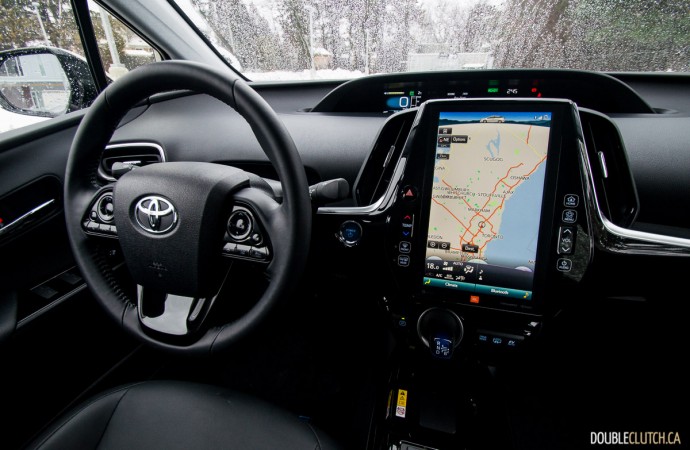
Two trim levels are available for the Prius Prime; base and Upgrade. Standard features on the $32,990 base model include a heated steering wheel, LED headlamps, and pushbutton start. Going for the $34,990 Upgrade model like the test car takes the seven-inch central screen up to 11.6-inches, adds Softex synthetic leather seating with a power driver’s seat. For an extra $3,000, the Technology Package adds front Sonar, head-up display, an auto-dimming mirror, rain sensing wipers, JBL audio with ten speakers, parking assist, and a blind spot monitoring system with rear cross traffic alert. Toyota’s Safety Sense P is standard on all trims (forward collision warning with autonomous braking, lane keeping assist, adaptive cruise control, pedestrian detection, adaptive cruise control, automatic high beam).
With an as-tested price of $37,990 before incentives (that vary depending on where you live), the 2020 Toyota Prius Prime Upgrade is not a bad buy at all for buyers who would like some electric use in their daily lives, without any of the range anxiety. With mixed charging and gasoline engine use, a projected range of over 1,000 kilometres is possible per tank, which makes the Prime a great road trip car. At the time of publication, in Canada, there’s a federal rebate of $2,500, and if you live in Quebec or British Columbia, there’s $4,000 or $1,500 available, respectively. All rebates are taken at the point of sale when buying new, and make owing a Prius Prime a very viable option on the entry-level end of electrification. While many can’t afford some of the more premium Tesla offerings, the Prius Prime is currently much more geared to the masses. If you can get over the goofy looks, it’s a solid stepping stone to the future.
See Also:
2019 Toyota Prius AWD-e
2020 Honda Clarity Touring
2020 Toyota Corolla Hybrid

